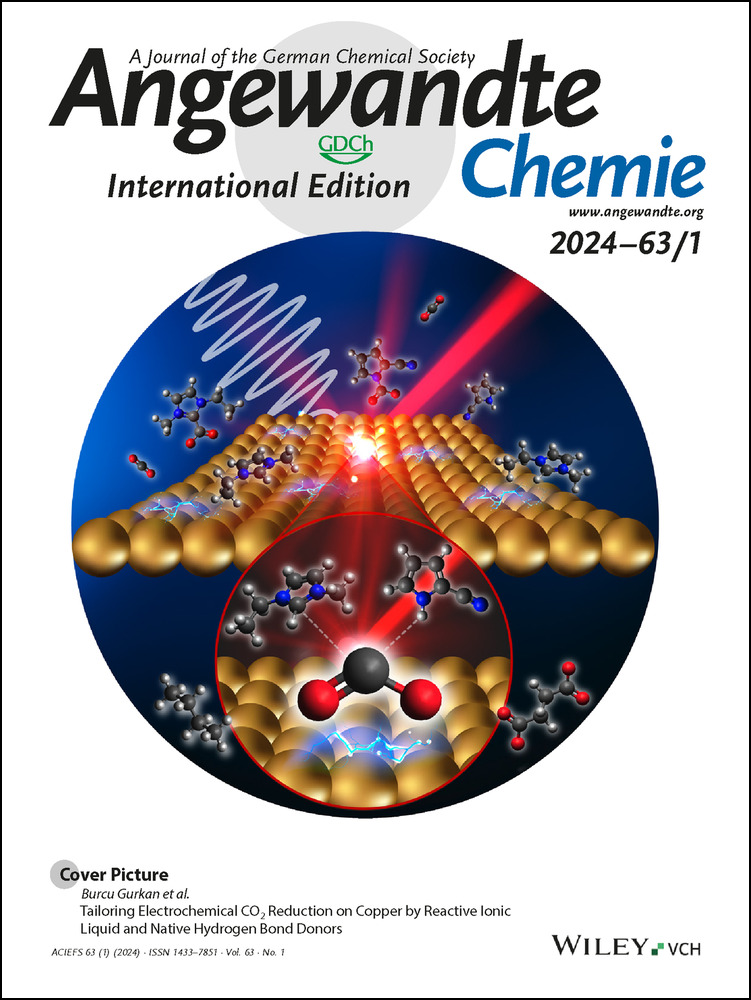Enzymatic Upcycling of PET Waste to Calcium Terephthalate for Battery Anodes
Graphical Abstract
This study successfully demonstrates the one-pot biocatalysis-based production of calcium terephthalate from waste PET. The incorporation of Ca2+ during the production process not only enhanced the efficiency of enzymatic plastic depolymerization but also reduced the base consumption. Consequently, this approach has proven to be a cost-effective and eco-friendly method for upcycling PET into calcium terephthalate.
Abstract
Biotechnological recycling offers a promising solution to address the environmental concerns associated with waste plastics, particularly polyethylene terephthalate (PET), widely utilized in packaging materials and textiles. To advance the development of a bio-based circular plastic economy, innovative upcycling strategies capable of generating higher-value products are needed. In this study, we enhanced the enzymatic depolymerization of waste PET by incorporating highly concentrated calcium ions (up to 1 m) to the hydrolytic reaction catalyzed by the best currently known enzyme LCCICCG. The presence of calcium ions not only improved the thermal stability and activity of the biocatalyst but also significantly reduced the consumption of base required to maintain optimal pH levels. Employing optimized conditions at 80 °C for 12 h, we successfully converted ≈84 % of the waste PET (200 g L−1) into solid hydrated calcium terephthalate (CaTP ⋅ 3H2O) as the primary product instead of soluble terephthalate salt. CaTP ⋅ 3H2O was easily purified and employed as a raw material for battery electrode production, exhibiting an initial reversible specific capacity of 164.2 mAh g−1. Through techno-economic analysis, we conclusively demonstrated that the one-pot biocatalysis-based synthesis of CaTP is a superior PET upcycling strategy than the secondary synthesis method employing recycled terephthalic acid.
Conflict of interest
The authors declare no conflict of interest.
Open Research
Data Availability Statement
The data that support the findings of this study are available from the corresponding author upon reasonable request.





